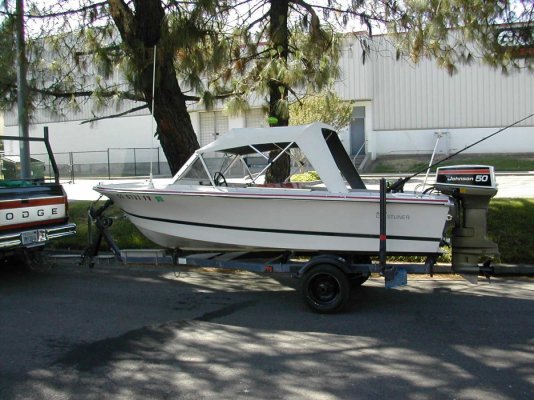richardschmidt2759
Veteran Member
Bad boats
All boats are both good & bad, it just depends on what you THINK you need & time, but remember, anything on a boat beats the hell out of going to work !! life is like a roll of toilet paper , the closer you get to the end, the faster it goes!!
7
All boats are both good & bad, it just depends on what you THINK you need & time, but remember, anything on a boat beats the hell out of going to work !! life is like a roll of toilet paper , the closer you get to the end, the faster it goes!!
7




